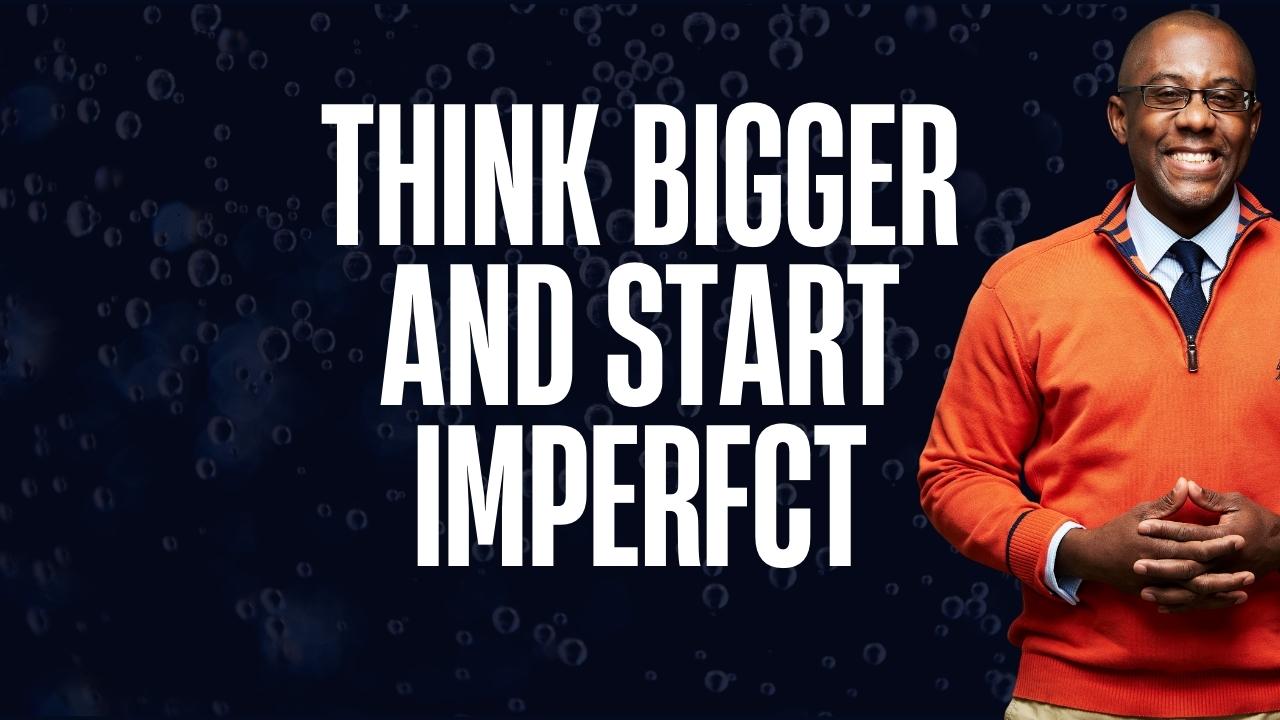While determination is undoubtedly crucial, there’s an equally important skill that doesn’t get enough attention: knowing when to stop. Small business owners can look to Amazon for an example. Yes they’re a trillion-dollar company, but the PRINCIPLES are applicable for us all. Sometimes, you have to BUILD OUT something, test it, get customers to try it. Only after this do you realize that it works and you evolve it or that it’s not going to work and you stop.
Many of the things I’ve done in business, I’ve pivoted or change direction. But I’ve also STOPPED many things.
Suggested article: When is pivoting a good idea?(Opens in a new browser tab)
The Allure of the Whiteboard
It’s tempting to believe that with enough planning, research, and conceptual work, we can map out the perfect path to success. We sketch elaborate flowcharts, create detailed business plans, and imagine every possible scenario. But here’s the hard truth: no amount of whiteboarding can fully prepare you for the realities of bringing an idea to life.
Minimal Viable Product: Your First Reality Check
This is where the concept of a Minimal Viable Product (MVP) becomes invaluable. An MVP is the simplest version of your product that can still provide value to users and generate meaningful feedback. It’s not about perfection; it’s about learning.
By building an MVP, you’re doing something crucial: you’re moving from theory to practice. You’re taking your idea out of the comfortable confines of your mind and exposing it to the harsh light of reality.
Suggested article: You Don’t Need a Perfect Plan to Start Your Business Says Guy Raz(Opens in a new browser tab)
The Importance of “Building to Abandon”
Here’s where things get counterintuitive. One of the most valuable outcomes of building an MVP isn’t always success – it’s failure. Or more accurately, it’s the invaluable learning that comes from realizing your initial idea won’t work as planned.
This process of “building to abandon” might seem wasteful at first glance. After all, you’re investing time, energy, and often money into something you might end up discarding. But consider the alternative: pouring years of effort into a fully-realized product only to discover that there’s no market for it, or that it doesn’t solve the problem you thought it would.
The Real-World Laboratory
By actually building something, even if it’s rudimentary, you create a real-world laboratory for your ideas. You can test assumptions, gather user feedback, and uncover unforeseen challenges. This hands-on experience provides insights that no amount of theoretical planning can match.
Embracing the Pivot
Sometimes, the act of building and testing reveals that your original idea needs to be modified or even completely overhauled. This is the famous “pivot” that many successful startups have undergone. Instagram started as a location-based check-in app called Burbn before evolving into the photo-sharing platform we know today. Slack began as an internal tool for a game development company.
These pivots weren’t failures – they were the result of learning and adapting based on real-world feedback and experience.
The Courage to Stop
It takes courage to invest in building something, and it takes even more courage to look at what you’ve built and say, “This isn’t going to work.” But this ability to stop, reassess, and potentially abandon a project is what separates truly successful innovators from those who cling too tightly to their original vision.
Conclusion: Balancing Action and Reflection
Innovation isn’t a linear process. It’s a cycle of action and reflection, of building and analyzing, of starting and, yes, sometimes stopping. The key is to find the right balance – to move quickly enough to test ideas in the real world, but to remain flexible enough to change course when the evidence suggests you should.
So the next time you have a brilliant idea, by all means, sketch it out on that whiteboard. But then roll up your sleeves, build something tangible, and be prepared to learn from whatever happens next – even if that means learning it’s time to stop and try something new.











